Join More Than 50,000+ Subscribers and get latest camera news and rumors
NEW CAMERA VIDEOS ON YOUTUBE
|
By admin, on July 4th, 2024

As per the latest information we have, the Canon R3 Mark II camera’s initial prototypes are in the lab testing phase with global shutter sensors with 24 MP Resolution. If everything goes as scheduled, the Canon R3 Mark II will arrive sometime in late 2025 or early 2026.
The Canon R3 Mark II will have a Global shutter sensor, the information we have already got in Dec 2023 by rumor mill, the resolution thing is new. Let’s hope for the best and we will update you as soon as we get any new information.
Get LIVE RUMORS –> FACEBOOK | TWITTER | INSTAGRAM to get live news + Canon rumors 24X7
By admin, on July 4th, 2024
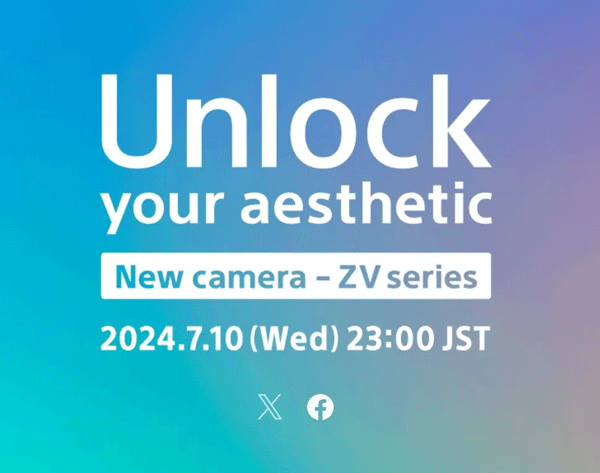
Sony ZV-E10 Mark II camera teaser was posted by Sony itself on their creator app (or maybe accidentally leaked). Still, the creator app was displaying an image that the camera was coming on July 10, 2024. You can also see the screenshot of the mentioned items where the ZV-E10 Mark II is very clearly listed.
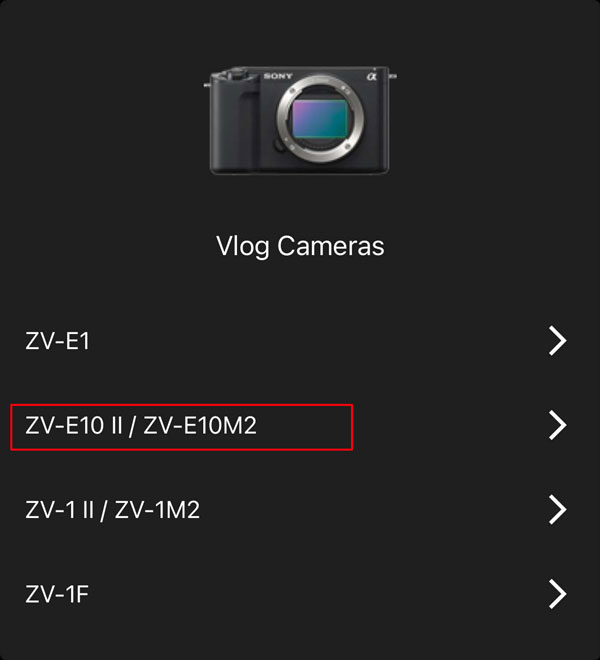
So now you are a hundred percent confirmed that the ZV-E10 Mark II camera is coming on July 10. We also have the rumored set of specifications of the upcoming camera. Take a look at the specs below and the expected pricing of the camera.
- 26MP Exmor R APS-C BSI CMOS Sensor
- BIONZ XR Image Processor
- Dedicated AI Chip / AI Auto framing and advanced AF modes
- UHD 4K 120p [crop] 4K 60p Uncropped / FHD 240p / 10-Bit 4:2:2
- Up to 11-fps Shooting, ISO 100-32000
- Real-Time Tracking AF for Stills & Video
- 759-Point Phase Detection, 93% Coverage
- S-Log3, S-Gamut3, S-Cinetone, User LUTs
- NO EVF – Same Body Desing as ZV-E10
- Internal Mic + Inputs, USB Streaming
- FZ100 Battery | Slightly deeper handgrip then of ZV-E10
- 3″ 1.03m-Dot Vari-Angle LCD Touchscreen
Follow us on our social pages FACEBOOK | TWITTER | INSTAGRAM, If you have time –>see more Camera News and Sony Alpha Rumor
By admin, on July 3rd, 2024
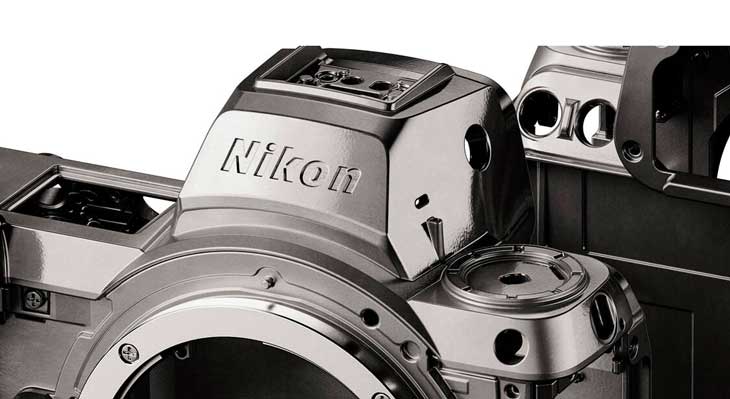
We all know that Nikon has just completed the Nikon Z6 Mark III camera announcement. Now, which camera is next? Is it the Nikon Z50, Nikon Z80, Z7 Mark 3, or even something else?
As you can see below, we have updated the list of upcoming Nikon camera models. In the list, you can see two different cameras: one is 2216, and the other is 2312. At this very moment, we do not know which ones these are, but we are almost certain that we will have a DX camera in the 4th quarter of 2024. Also, as we have mentioned in one of our posts published this week, the other camera we expect is the Nikon Z7 Mark 3.
Nikon Upcoming Camera Model Codes Updated July 2024
Z7: N1710
Z6: N1711
Z50: N1912
Z6II: N1929
Z7II: N1932
Z5: N1933
Z9: N2014
Zfc: N2016
Z8: N2120
Z30: N2121
Zf: N2137
Z6III: N2214
Z??: N2216
Z????: N2312
Stay tuned for more updates as we get closer to the official announcements.
Nikon Z6 III-related content
Nikon Z6 III Pre-Review | Features Explained | Press Release
Nikon Z6 III vs Sony A7 IV | In-Depth Analysis | Best Camera for Photographers
Nikon Z6 Mark III vs Nikon Zf
Follow us on our social pages FACEBOOK | TWITTER | INSTAGRAM to get live news + Nikon Rumors 24X7
source
By admin, on June 30th, 2024
A huge peak has been noticed by our staff members in the list of patents submitted by Canon, Most them are keep secrete for now
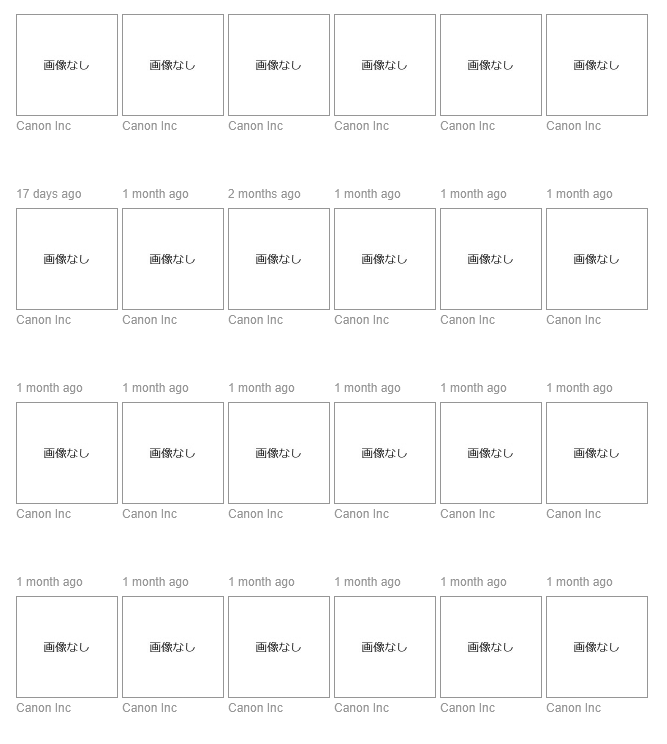
When we click on individual designs or search for their patent application number, we get the following information

What do you guys think about this?
Get LIVE RUMORS –> FACEBOOK | TWITTER | INSTAGRAM to get live news + Canon rumors 24X7
By admin, on June 30th, 2024
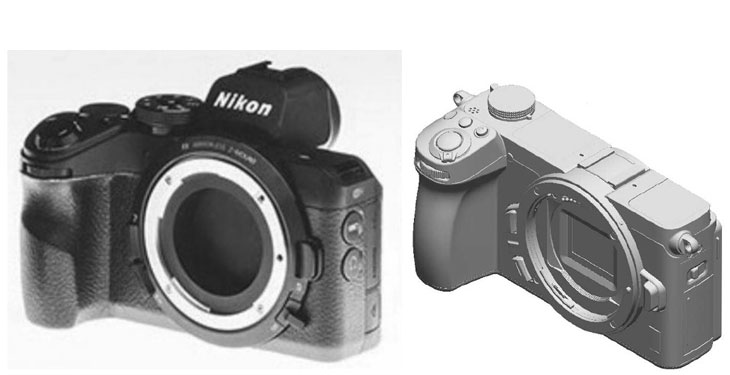
As per the latest rumors, it is almost confirmed that the Z50 replacement is coming on or before November 2024, and a Nikon FX-Format Lens announcement is expected in August-September 2024. A Chinese distributor revealed these details, although he shared a minimal set of information and skipped the names and specs of the models to be announced. When asked about the Z5 successor, he said it is not coming in 2024. He declined to share any information about the Nikon Next FX Camera announcement when asked about the Z7 III and its potential for a massive resolution.
— End of Rumor —
TNC Take –
Nikon Z50 II or Nikon Z80 – Nikon’s Next DX Camera
The good news is finally after a long gap it has almost been confirmed that we will have a DX camera announcement from Nikon, its mentioned its Z50 replacement so we can expect the camera to be called Nikon Z50 II. Recently E88_8888 shouted about the Nikon Z80 arrival, so we cannot put confirmation over the Z50 successor name, it could be Z50 II or Z80, but for sure it’s on the announcement pipeline.
Nikon 50mm F1.4 Z or Something else
As per the intial hints we have, test cycles for the Nikon 50mm F1.4 are almost completed, and the lens is about to enter production once the demand for the Z35mm F1.4 stabilizes to a point. I believe the Z50mm F1.4 announcement is imminent. The only possible delay could be if the demand for the 35mm F1.4 exceeds expectations, putting extra pressure on the production line
Follow us on our social pages FACEBOOK | TWITTER | INSTAGRAM to get live news + Nikon Rumors 24X7.
By admin, on June 29th, 2024
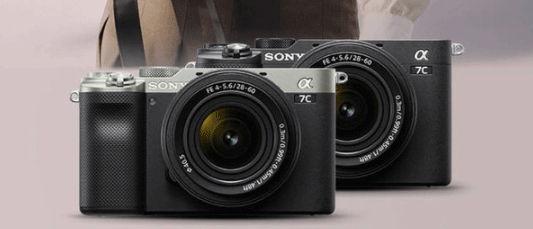
CAPA CAMERA WEB has released May’s top ten best-selling mirrorless cameras in Japan. This time, it can be said that we are back to the era of the three major brands dominating. Sony has returned to the top of this month with its Alpha 7 series. Nikon’s retro APS-C format mirrorless camera Zfc is also a model that many people are paying attention to. Canon’s EOS R5 is ranked high. It can be seen that compact cameras are still popular in the Japanese market.
Best Selling Cameras of the Month May 2024
- Sony α7C II body only;
- Sony α7C II with FE 28-60mm F4-5.6 lens kit;
- Nikon Zfc with NIKKOR Z DX 16-50mm f/3.5-6.3 VR lens kit;
- Canon EOS R50 with RF-S18-45mm F4.5-6.3 IS STM + RF-S55-210mm F5-7.1 IS STM dual lens kit;
- Nikon Z50 with NIKKOR Z DX 16-50mm f/3.5-6.3 VR + NIKKOR Z DX 50-250mm f/4.5-6.3 VR dual lens kit;
- Canon EOS R10 with RF-S18-150mm F3.5-6.3 IS STM lens kit;
- Sony α6700 with E 18-135mm F3.5-5.6 OSS lens kit;
- Nikon Z8 body only;
- Sony α7R V with FE 28-70mm F3.5-5.6 OSS kit;
- Nikon Z30 with Z DX 16-50mm f/3.5-6.3 VR + Z DX 50-250mm f/4.5-6.3 VR dual lens kit.
Support us Use our affiliate to purchase your next camera or Lens Amazon.com | B&H Store
By admin, on June 29th, 2024
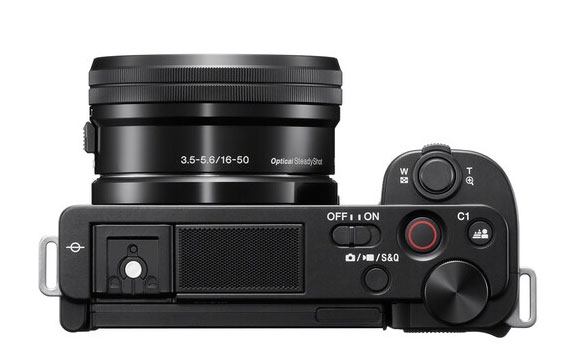
Sony discontinued the 16-50 mm f/3.5-5.6 kit lens. I am not a fan of kit lenses, especially those with variable apertures, as they generally create video or image quality similar to what you get from a smartphone.
According to the latest information, the Sony ZV-E10 Mark II camera comes with a new kit lens. The announcement date of the camera is July 10, 2024. We have already published the full specification sheet of the upcoming camera and the expected price. You can check it here.
Follow us on our social pages FACEBOOK | TWITTER | INSTAGRAM, If you have time –>see more Camera News and Sony Alpha Rumor
|
KEEP THIS BLOG ALIVE - Support New Camera Buy Canon Lenses, Buy Music CD or Digital Camera at amazon it helps this site, and you do not pay anything extra, it is just a way to help support this site.

|














